In addition to being a country, Australia is also a continent, but the continent of Australia is not just composed of Australia itself. The Australian continent includes mainland Australia, Tasmania, New Guinea, the Aru Islands, the Ashmore and Cartier Islands, and most of the Coral Sea Islands as well as a smattering of other islands.
Classification: Flightless Birds
Ostrich (Wild Safari Wildlife by Safari Ltd.)
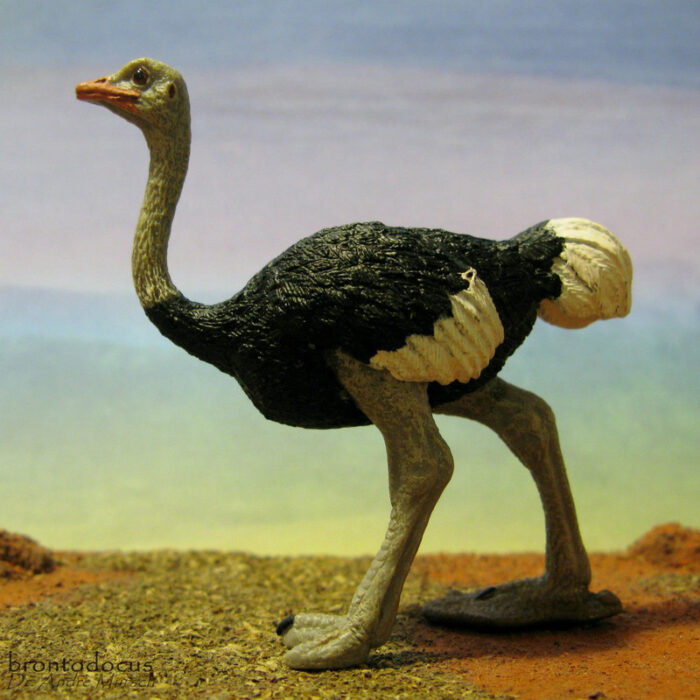
Walk-around of the Safari Ltd. Wild Safari Wildlife (but also listed in the Safari Farm line) ostrich, Struthio camelus Linnaeus, 1758, originally released in 2010. Height is 88 mm but the figure is not standing fully upright and would be over 100 mm if it did. So the scale would be between approx.
Sahara Desert TOOB (Safari Ltd.)
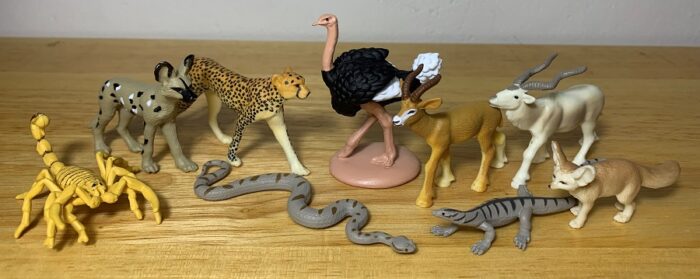
The Sahara Desert covers about 25% of the African continent and is the largest hot desert in the world, with an area of 3,600,000 square miles (9,200,000 km). This immense ecosystem is made up of sand dunes, some of which are 500’ tall, stone plateaus, sand seas, gravel plains, dry valleys, and sand flats.
Giant Moa (Yowies Lost Kingdoms Series A by Cadbury)

The largest bird today is the Ostrich, and this is owing to it’s flightlessness. The recent past, however, provided greater flightless giants. One such came from New Zealand, in the form of the South island Giant Moa, Diornis robustus, with females able to reach up to 11ft 10″ if they stretched up, being 6ft 6″ on a horizontal plane.
Ostrich, 2004 (Wild Life Africa by Schleich)
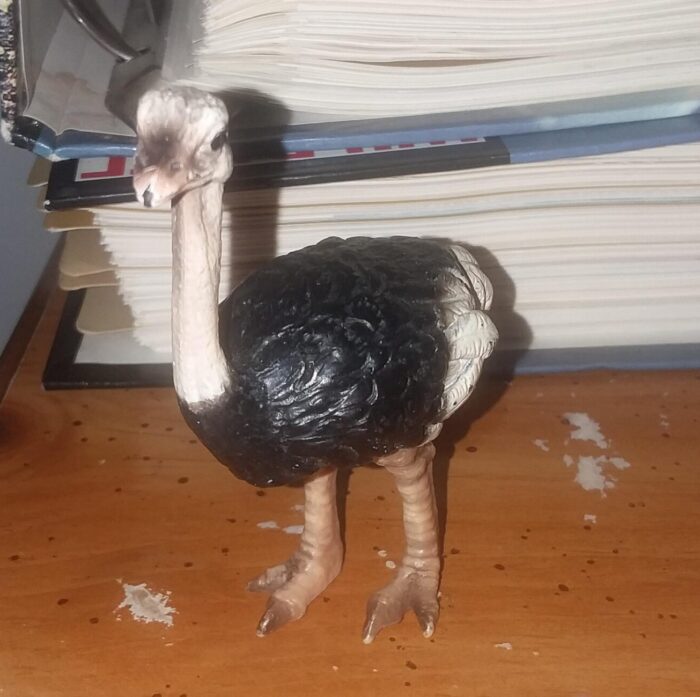
Kiwi (Wildlife by CollectA)
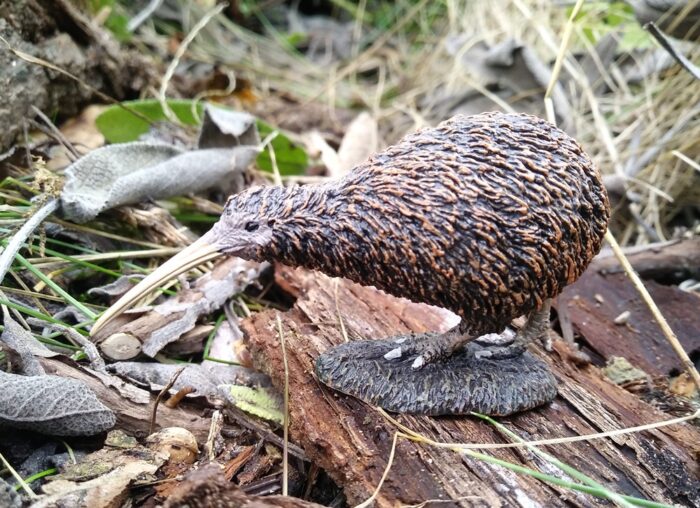
Review and images by Lanthanotus; edited by bmathison1972
Today I want to introduce you to the figure of another instantly recognizable bird. But again, despite its worldwide popularity, the choice of figures is comparably few. The more welcomed is CollectA’s 2015 release.
“Kiwi” derives from the native Maori language and – as quite common in bird names – refers to the call of the animal.
Upland Moa (Yowies Forgotten Friends Series B by Cadbury)
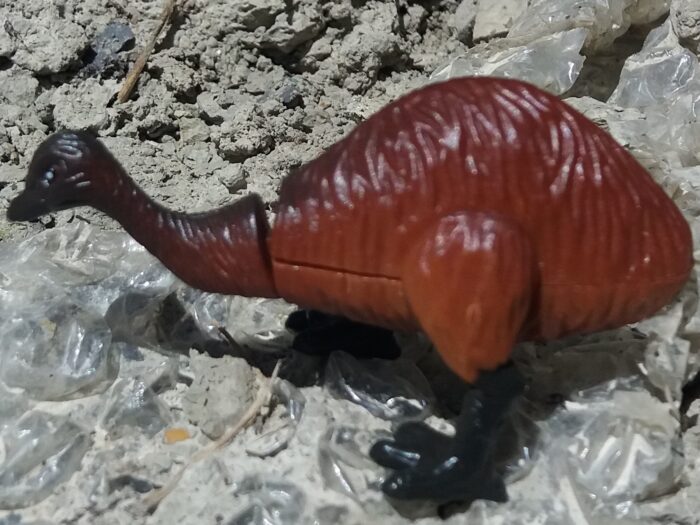
When most people think of the Moa, it is likely they will only think about the giants of these birds, specifically the South Island Giant Moa. The reality is, however, that there were many Moa species across New Zealand, filling niches that in other parts of the world are filled by mammals.
Southern Cassowary (Wildlife by CollectA)
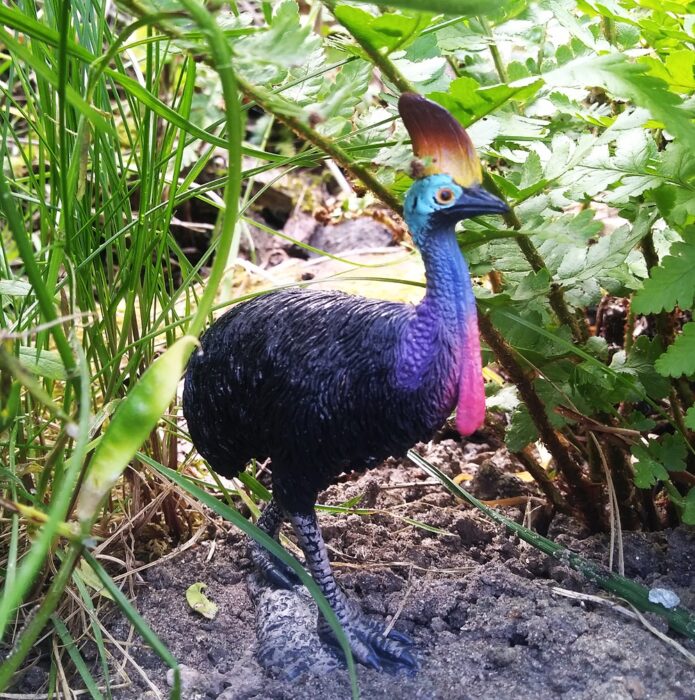
Review and images by Lanthanotus; edited by bmathison1972
Only few species of the once varied and numerous group of ratites remain in our modern world. Amonge these, the cassowaries are a very impressive occurrence, they are the most colorful and the second heaviest. Three species are known, but the one shown here is basically the only known to people other than the most dedicated ornithologists, the southern cassowary, Casuarius casuarius.
Giant Moa (SignatuStudio)
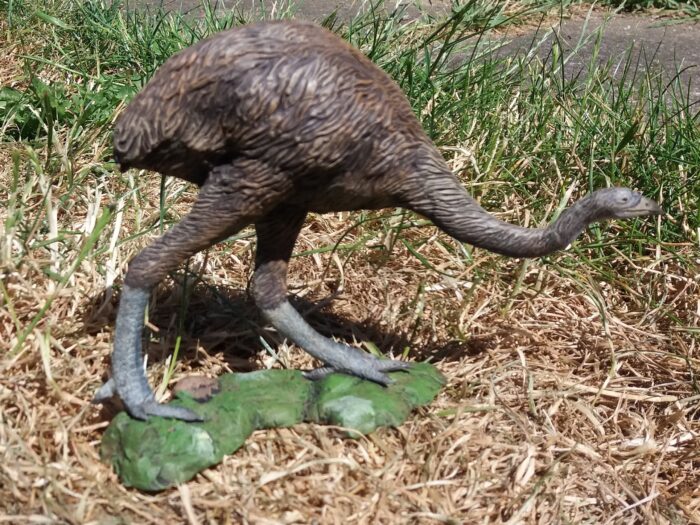
Back in 2015, after finishing my Palaeontology degree and wanting to keep a grip on news in that field, I discovered a toy site that seemed quite interesting. Several months later, I bit the bullet and posted my first review. The rest is history, and now I have reached a major milestone, my 100th review!
Emu, male (Southlands Replicas)
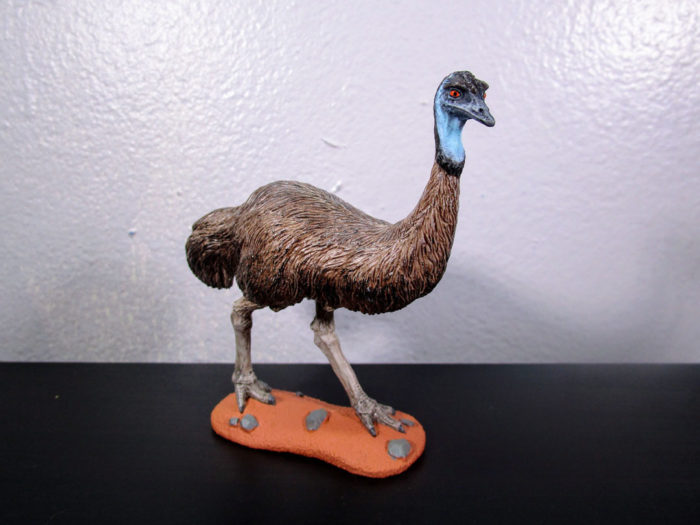
Review and photographs by Loon; edited by bmathison1972
Dromaius novaehollandiae, more commonly known as the emu, is the second-largest bird on earth, with the tallest being over 6½ feet or 2 meters tall. Being such an important part of Australian culture, it made sense that Southlands Replicas, a company that mostly specializes in replicas of Australian fauna, would release their emu in 2018.
Land Down Under TOOB (Safari Ltd.)

Australia, like all islands, is an isolated laboratory of sorts, one that offers a look at what the world might be like under different evolutionary pressures. The rest of the world at large operates in much the same way, no matter where you go; the placental mammals (cats, dogs, deer, antelope, etc.) dominate top tier niches.
Cassowary (Wild Safari Wildlife by Safari Ltd.)
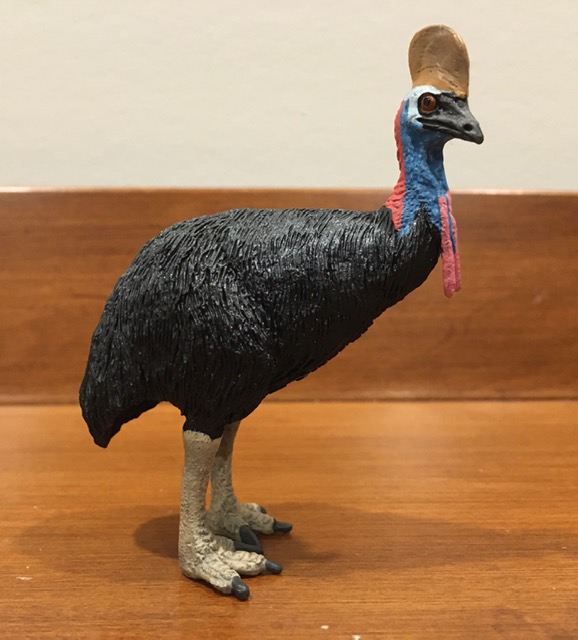
Review and photos by Suspsy; edited by bmathison1972
In 1926, in northeast Queensland, Australia, a group of boys happened upon a large, flightless bird and decided it would be fun to chase it. During the pursuit, one of the boys, a 16-year old by the name of Phillip McClean, tripped and fell to the ground.




